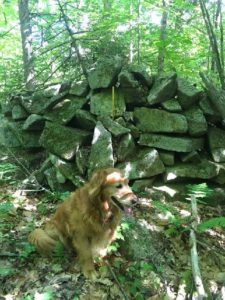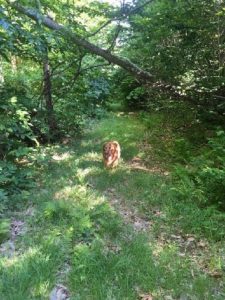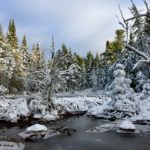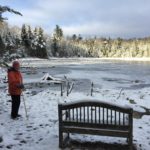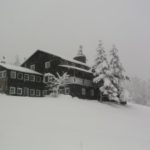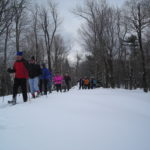Enjoy incredible views from Killington to Mt. Washington, along Moose Mountain’s network of trails that connect several conserved properties. Venture out with us by snowshoe or micro-spikes, depending on conditions; gear is available to borrow.
Level: Easy (to moderate when wearing snowshoes!)
Leader: Gail McPeek
Group size is limited to 9 participants + 1 leader; pre-registration here is required. Note that we maintain a small waitlist for pre-scheduled events (not for our pop-up trips). If your plans change, please let us know! You will be contacted before each trip to confirm your spot, so that we may offer room to someone else if available.




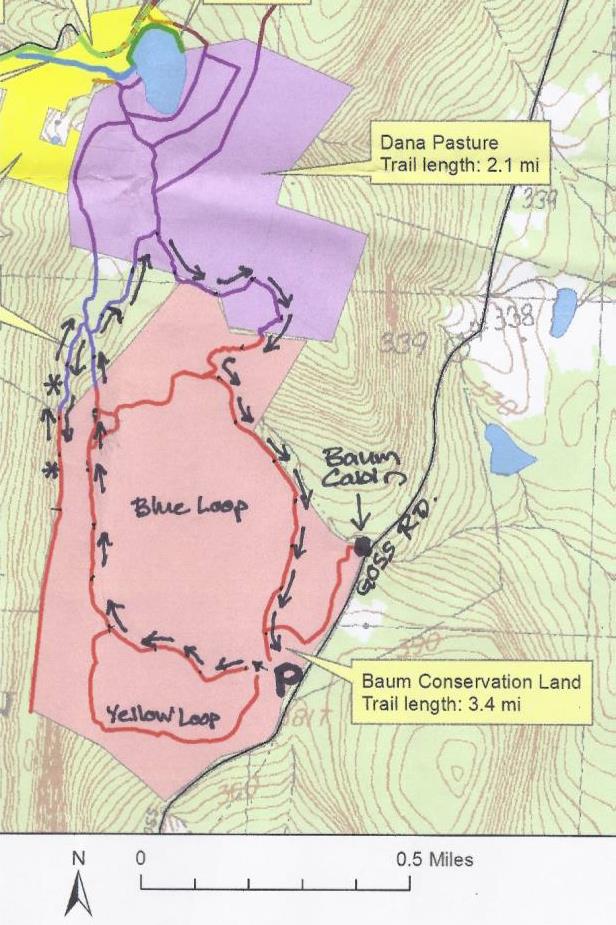
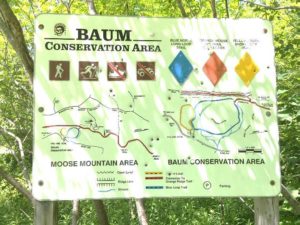
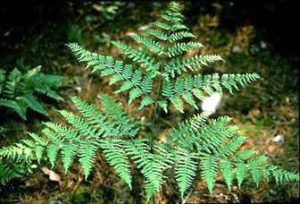
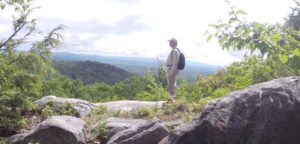
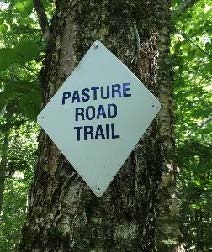 5 minutes after turning onto this trail, arrive at a junction. Bear R to follow orange flags, about 20 yards to a small hollow. Here an orange sign at L reads “Orange Ridge Trail” and at R, a white sign indicates “Pasture Road Trail.” Note the town’s blue and white trail blazes on a birch at L. This doesn’t look much like a road, but it follows, more or less, the route of a long-abandoned early “highway.”
5 minutes after turning onto this trail, arrive at a junction. Bear R to follow orange flags, about 20 yards to a small hollow. Here an orange sign at L reads “Orange Ridge Trail” and at R, a white sign indicates “Pasture Road Trail.” Note the town’s blue and white trail blazes on a birch at L. This doesn’t look much like a road, but it follows, more or less, the route of a long-abandoned early “highway.”